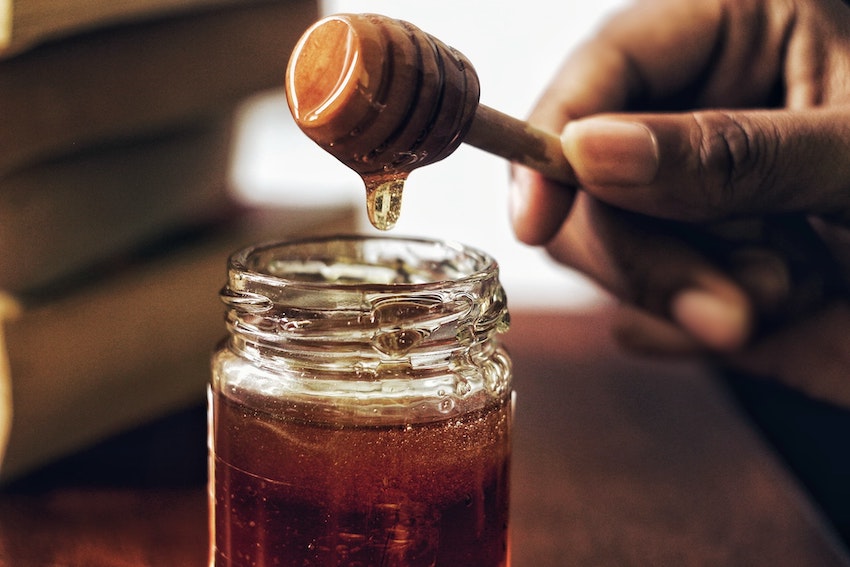Antioxidants block certain types of cell damage caused by molecules called free radicals, which are caused by exposure to tobacco smoke, environmental pollution and some chemicals.
Foods rich in antioxidants help destroy free radicals, and scientists think they reduce the risk of diseases such as cancer, heart disease and stroke.
Recently taking an antioxidant tablet is becoming a fashion in the community to replenish one’s energy. Popping a pill to increase antioxidants in your body doesn’t work well.

Fruits and vegetables, on the other hand, contain a range of antioxidants that work together synergistically. And combinations of certain antioxidants produce better results than when those same antioxidants are ingested separately.
Vitamin E, for instance, has a stronger effect when it’s obtained in a tomato rather than alone because, the researchers say, tomatoes also contain beta carotene, lycopene and some flavonoids, which interact with the vitamin E for increased benefit.
And what works even better is mixing natural foods together. A variety of fruits, vegetables and herbs contain antioxidants — including onions, tomatoes, garlic, rosemary, grapes and pomegranates.
Beneficial effects of Honey is being emphasized more and more recently (remember Grandmothers giving a spoonful of honey in the morning or Mary Popping telling the about a spoonful of sugar!).
Here’s some sweet news: New research provides more evidence that honey is healthy for you. Nutritionists at the University of California, found antioxidant levels go up after people eat several tablespoons of honey a day.
With honey consumption, we can increase our body’s defense system against oxidative stress, this definitely makes [the case] for including honey in a healthy diet.
While its reputation as a decadent sweet may make it hardly seem like a health food, honey has long been rumored to have healing powers. Some people apply it to wounds, and it’s a mainstay in the cups of hot tea people drink when we have colds and flu.
In a recent study in New York, 25 people were told to eat between four and 10 tablespoons of honey, depending on their weight, each day for a month. They could eat the honey in almost any form, although it couldn’t be baked. Some put honey on toast or combined it with bananas and peanut butter, but many chose to simply spoon it out of the jar and straight into their mouths. The scientists found levels of antioxidants rose in the people who ate honey.
So should you go to the market and buy pots full of honey? The flavor and color of honey depends on which flowers are pollinated by the bees that produce it. For example, buckwheat honey comes from the buckwheat plant, is dark brown, and has a strong, distinct flavor.
Honey isn’t right for everyone. Babies younger than 12 months should be careful because they may not be able to digest it properly. Then there are the matters of the high content of sugar and carbohydrates in honey.
Although we know oxidative stress is more with people with Diabetes we should be careful in recommending honey to people with Diabetes. On the other hand, recent research is in the clear proposition of allowing 10% of total calorie to take as simple carbohydrate and in that case, two spoonfuls of honey in people with Diabetes actually can be beneficial (as long as they are not taking more!).
We don’t recommend going out and substituting fruits and vegetables with, but if you’re going to sweeten your tea with sugar or add it to baked goods, perhaps you could add honey instead.”